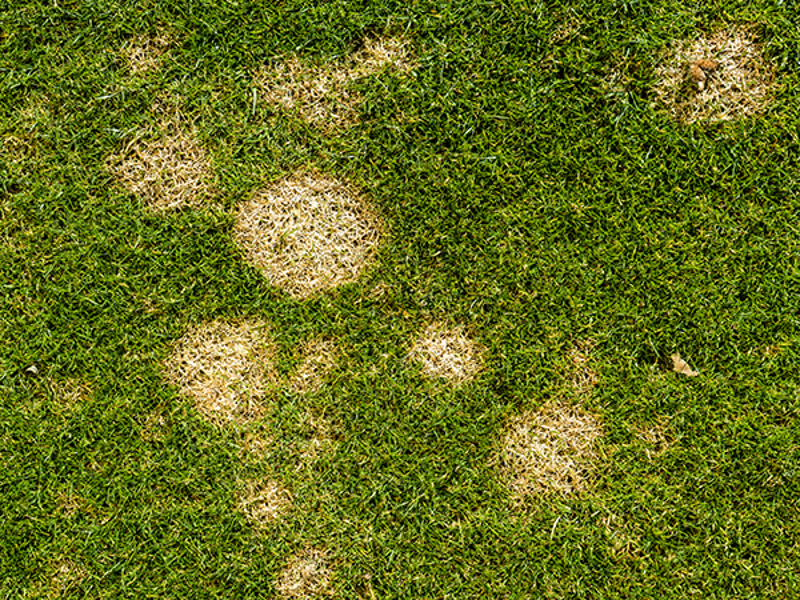Yates Account
Join now
Create a Yates account today!
Sign up to join the Yates Garden Club for monthly e-mails packed with seasonal inspiration, tips for success & exclusive promotions.
Plus if you’re a Garden Club member you can take part in the Yates Growing Community - a blog to share successes, get advice & win prizes in fun challenges along the way!

Forgot password
Enter the email address associated with your account, and we'll email you a new password.

Did you know? Porina Caterpillar is a common late winter , spring & early summer lawn pest which feeds on grass blades during the late afternoon and early evening. In large numbers, Porina can strip the turf foliage and cause rapidly expanding bare patches in lawns. Porina are caterpillars which are causing issues in lawns all around New Zealand.
In Lawns the porina caterpillar emerge from burrows late afternoon & evening, stripping the turf foliage and causing rapidly expanding bare patches.
In addition to bare patches, if you see birds pecking at the lawn, or bare patches of soil impregnated with pencil width holes it can be a sign that the porina caterpillar is present (the birds are searching for the caterpillars).
Curl grubs are the larvae of beetles, like grass grub beetle, they are C-shaped creamy coloured grubs that live in the soil and eat through the roots of your prized lawn.
Tip: Both these lawn pests are attracted to light, it is quite common in October / November to see the grass grub beetles buzzing around the street lighting.
If your outdoor lighting is close to your lawn area , turn it off or avoid using it for extended periods.
Yates Insect Killer for lawns will help control common lawn pests like armyworm and porina. The granular formulation kills insect pests on contact, just follow the directions on the package for correct dispersion rates.

How to Control Lawn Diseases
Milder temperatures and any rainfall and humidity during autumn can promote the growth of lawn diseases. Lawn diseases include brown patch, winter fusarium, dollar spot and anthracnose. Lawn diseases can be hard to diagnose as signs can be similar to that of other lawn problems such as damage from insect pests like curl grubs and armyworm.
Common lawn disease symptoms include areas of small discoloured, brown, red, dead or dying patches in the lawn. Lawn diseases can spread and also reoccur year after year, so it’s important to get them under control and keep your lawn looking fantastic.
Here’s how to help reduce lawn diseases:
-
Mow regularly to prevent a build up of thatch and remove clippings from the lawn.
-
Water only in the mornings, to allow the lawn to dry off during the day.
-
Aerate or core your lawn to improve drainage.
-
Use a fungicide such as Yates Fungus Fighter, which contains an effective fungicide to control for common lawn diseases Dollar Spot, Rust.
-
Keep your grass well fed with a lawn food that contains a good amount of potassium. Potassium is a nutrient that helps strengthen the lawn so it’s better able to resist disease infection. Yates Dynamic Lifter Lawn Food applied during autumn will also promote a lush green lawn as winter approaches and add valuable organic matter back into the soil.

















Share
Share this article on social media